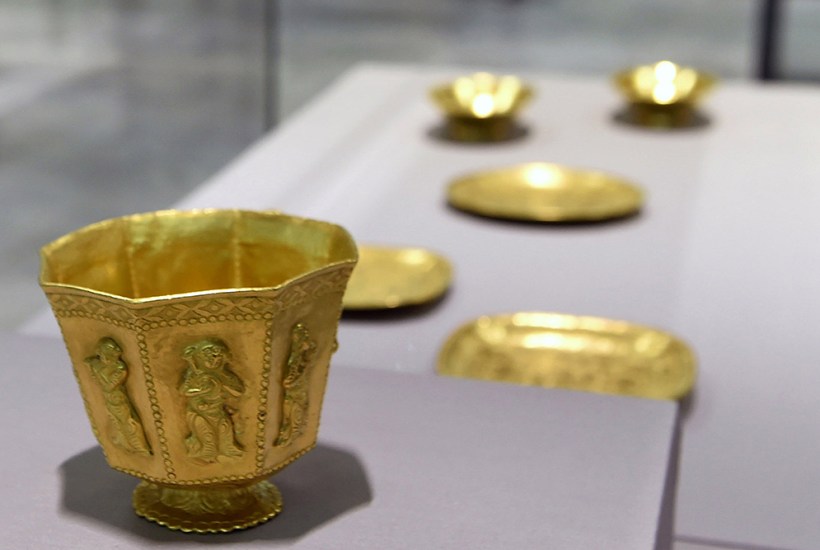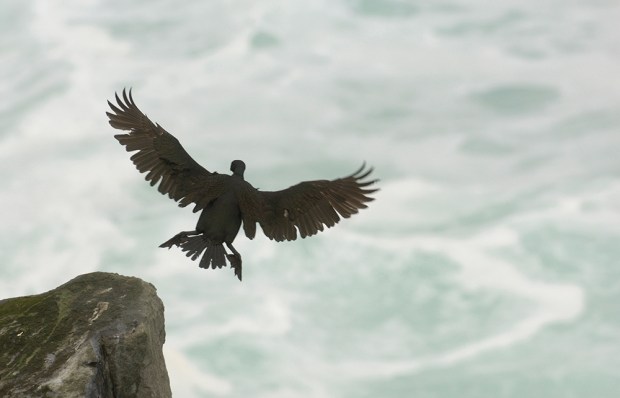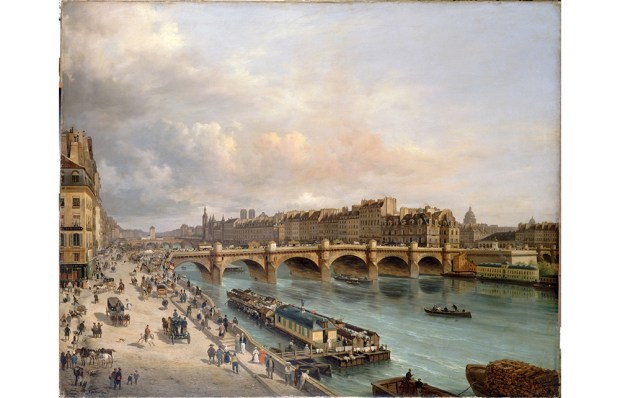The flow of histories of the world, or parts of it, in a bundle of items never ceases, 12 years after Neil MacGregor presented world history through 100 objects from the British Museum. Many of these were of unknown provenance and therefore disconnected from their original context. By contrast, world history built around shipwrecks offers the opportunity to seize precise moments in time – most often when a sudden emergency has taken a ship to the bottom of the sea in the midst of everyday activities.
Already a subscriber? Log in
Subscribe for just $2 a week
Try a month of The Spectator Australia absolutely free and without commitment. Not only that but – if you choose to continue – you’ll pay just $2 a week for your first year.
- Unlimited access to spectator.com.au and app
- The weekly edition on the Spectator Australia app
- Spectator podcasts and newsletters
- Full access to spectator.co.uk
Unlock this article
You might disagree with half of it, but you’ll enjoy reading all of it. Try your first month for free, then just $2 a week for the remainder of your first year.














Comments
Don't miss out
Join the conversation with other Spectator Australia readers. Subscribe to leave a comment.
SUBSCRIBEAlready a subscriber? Log in